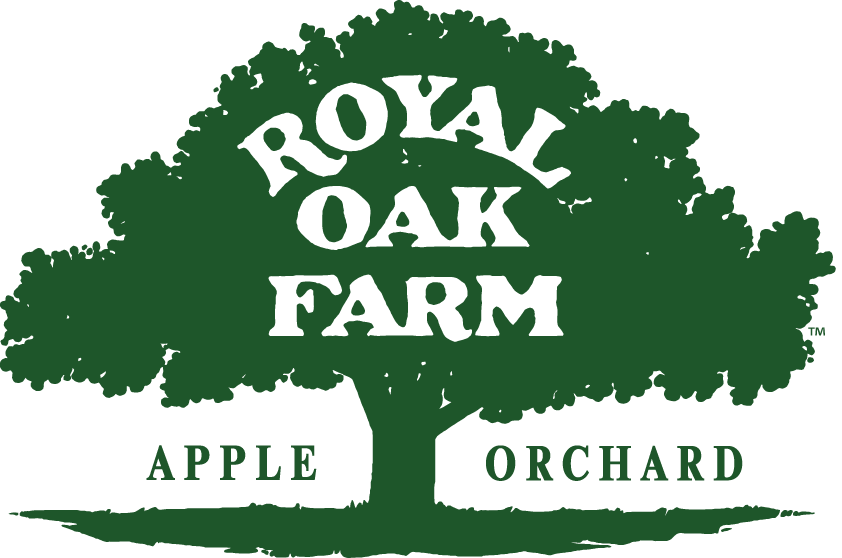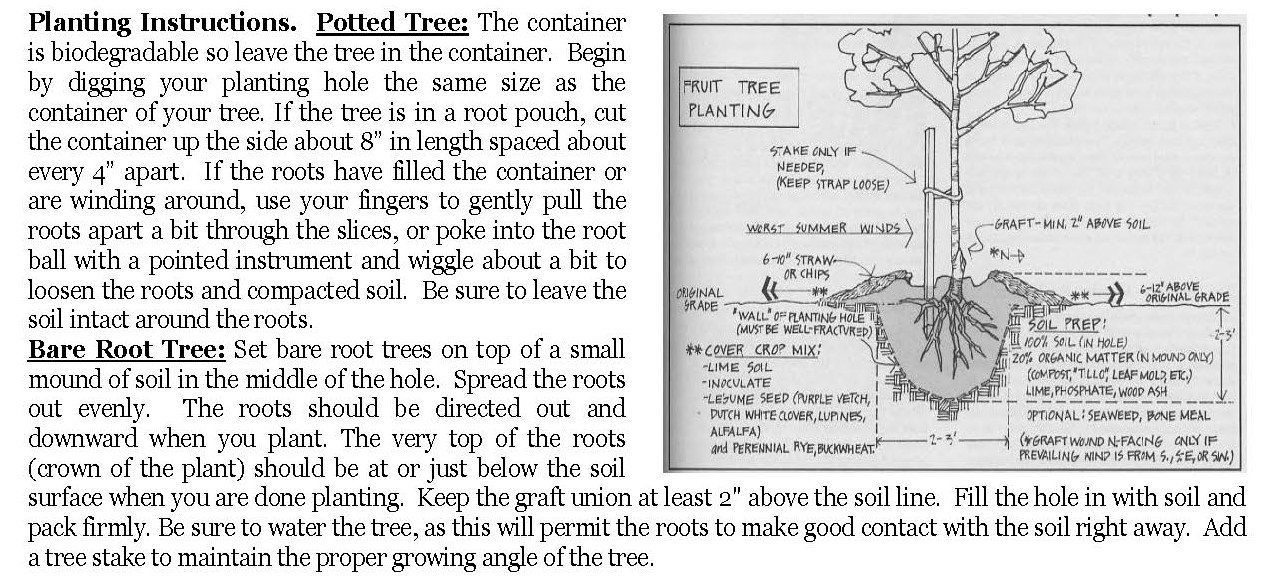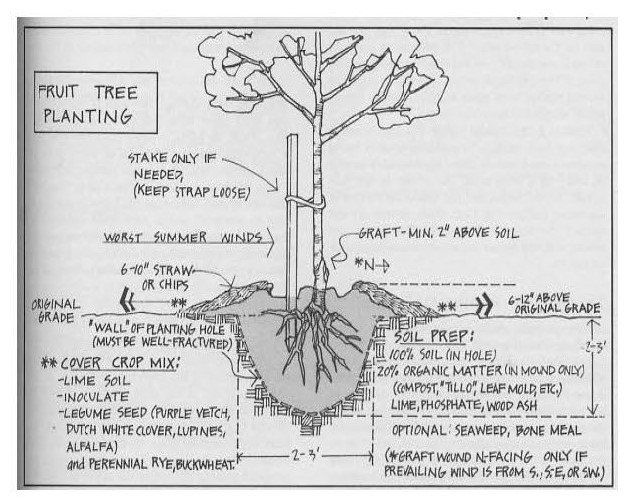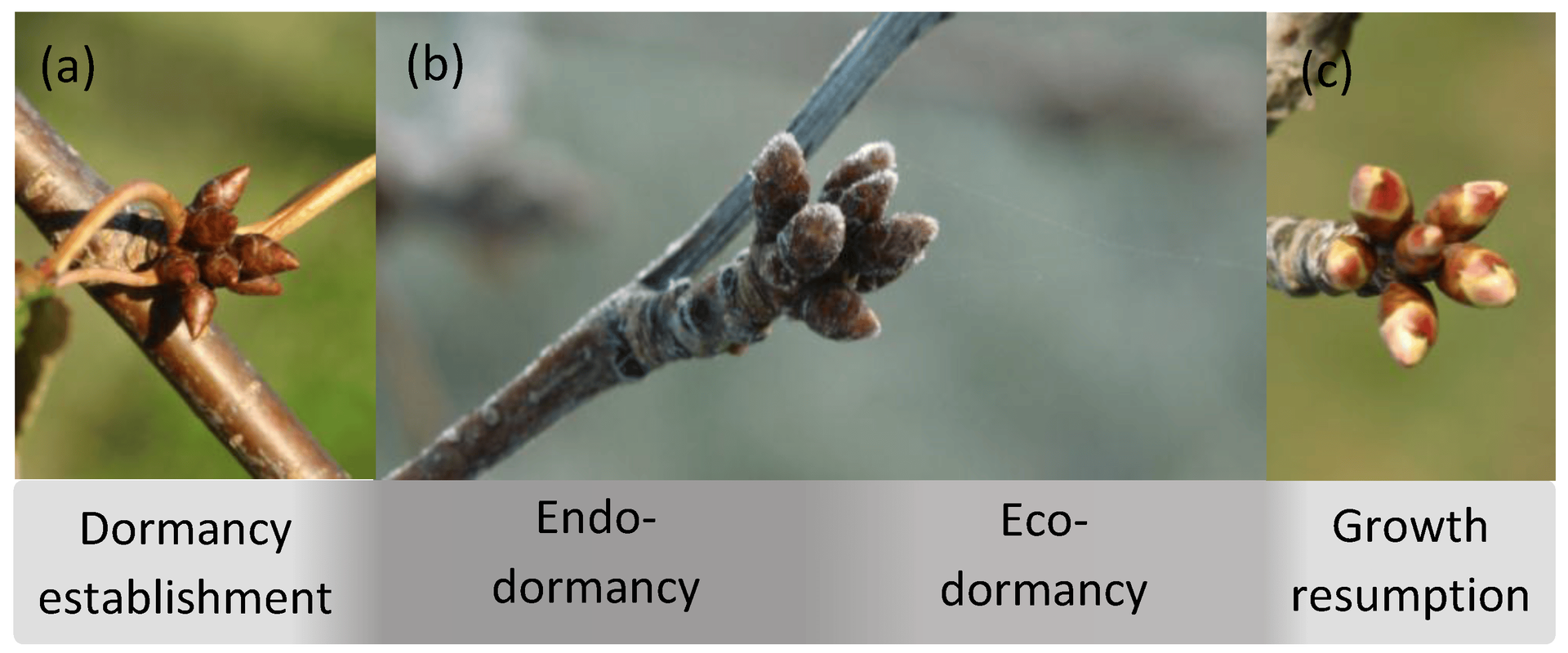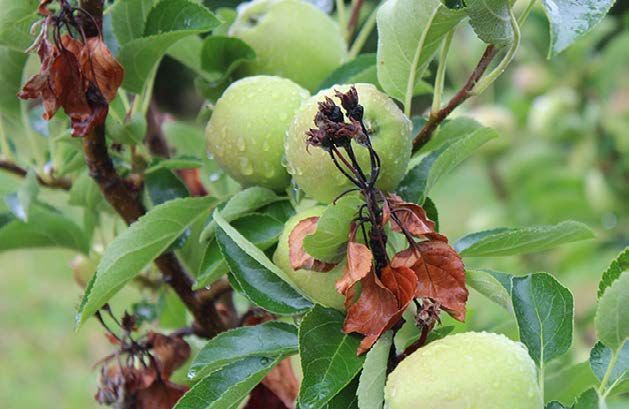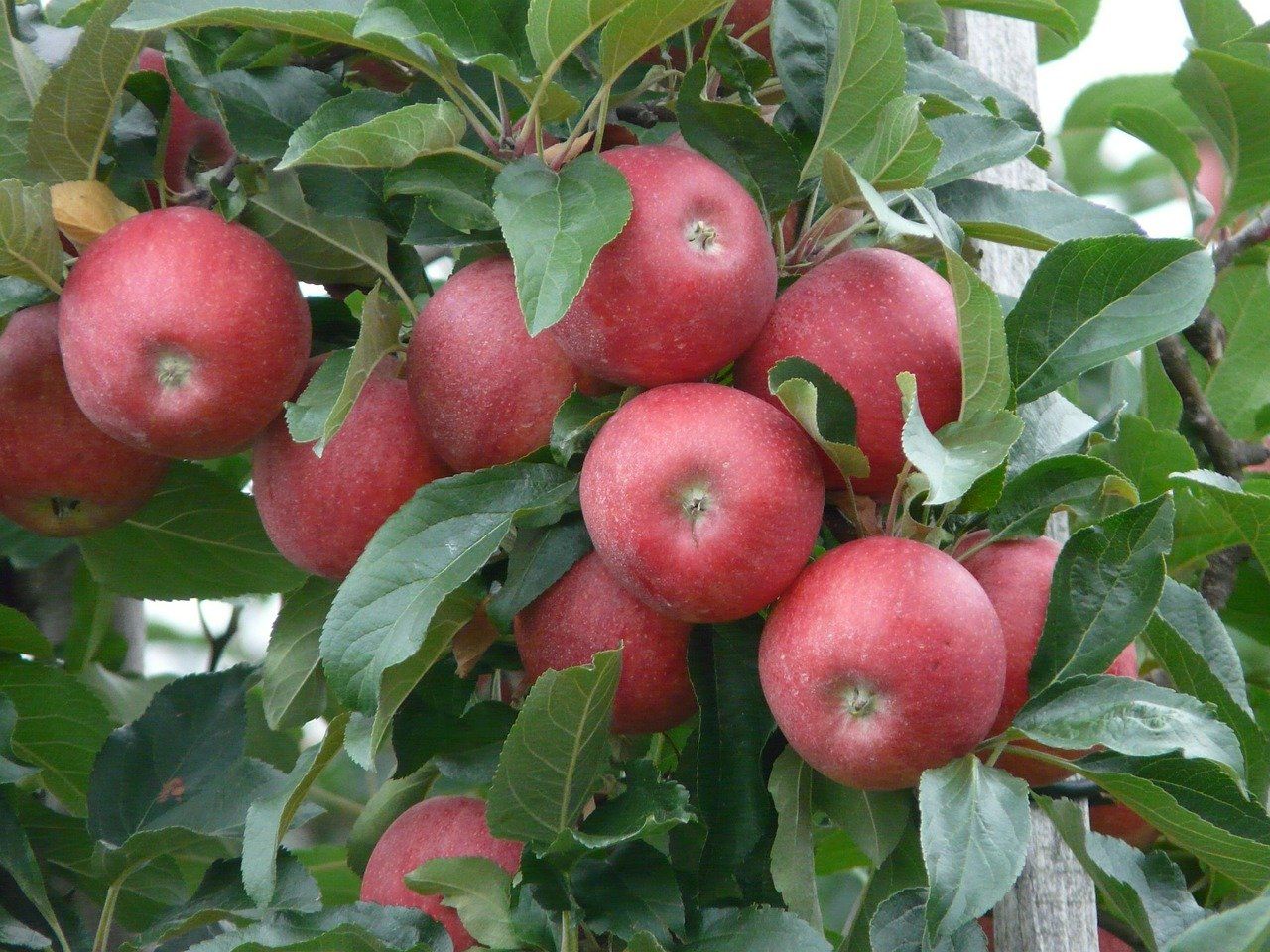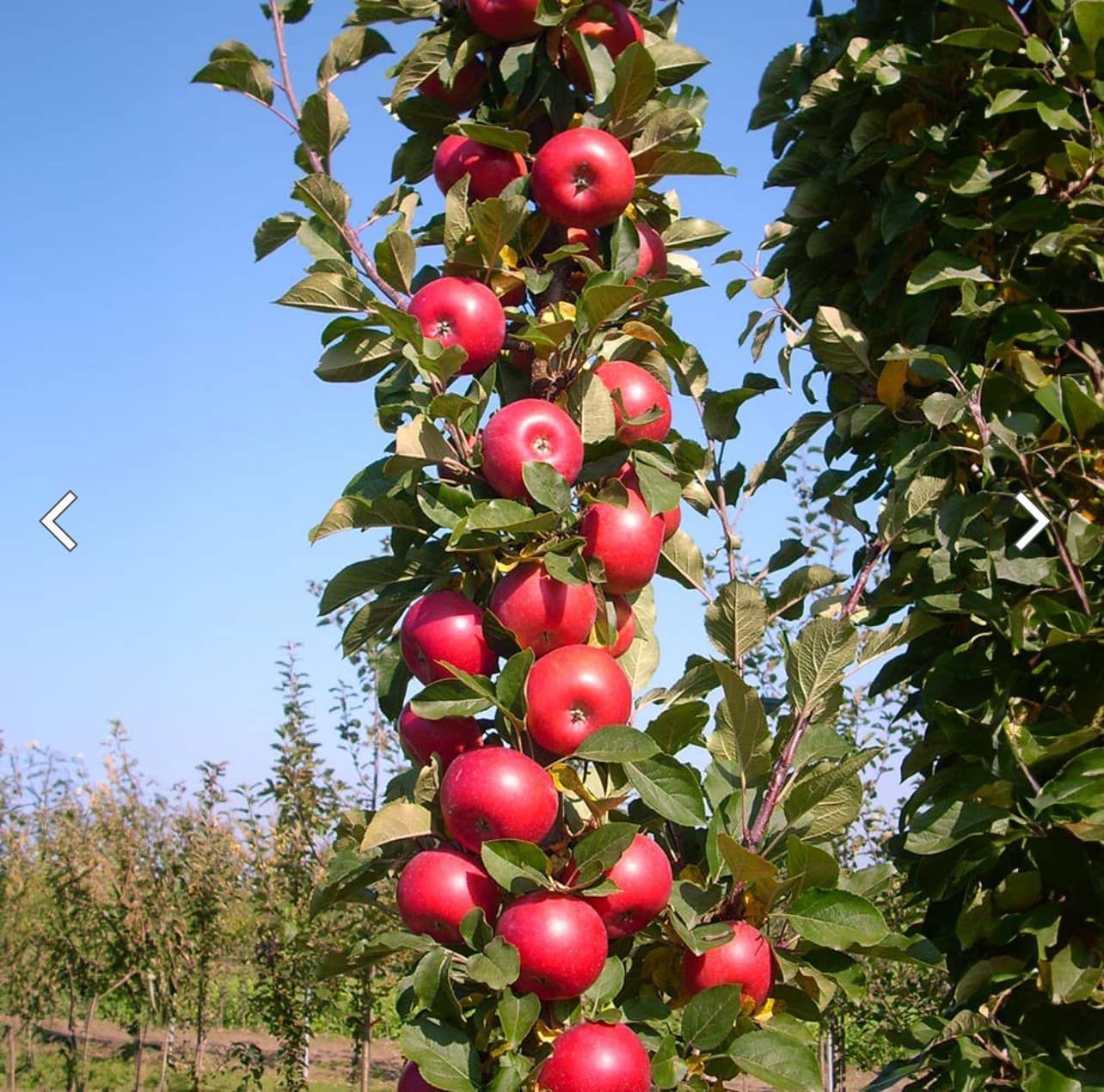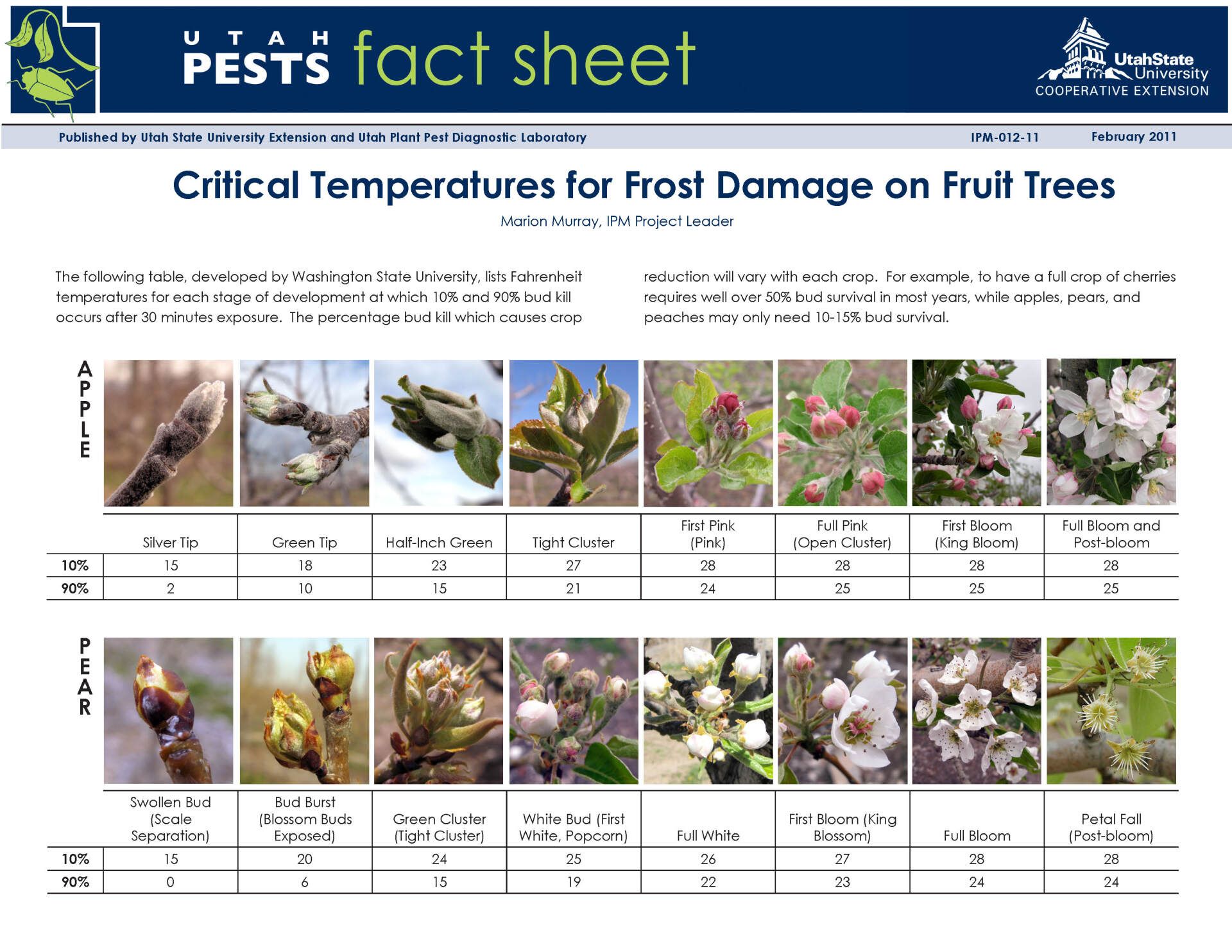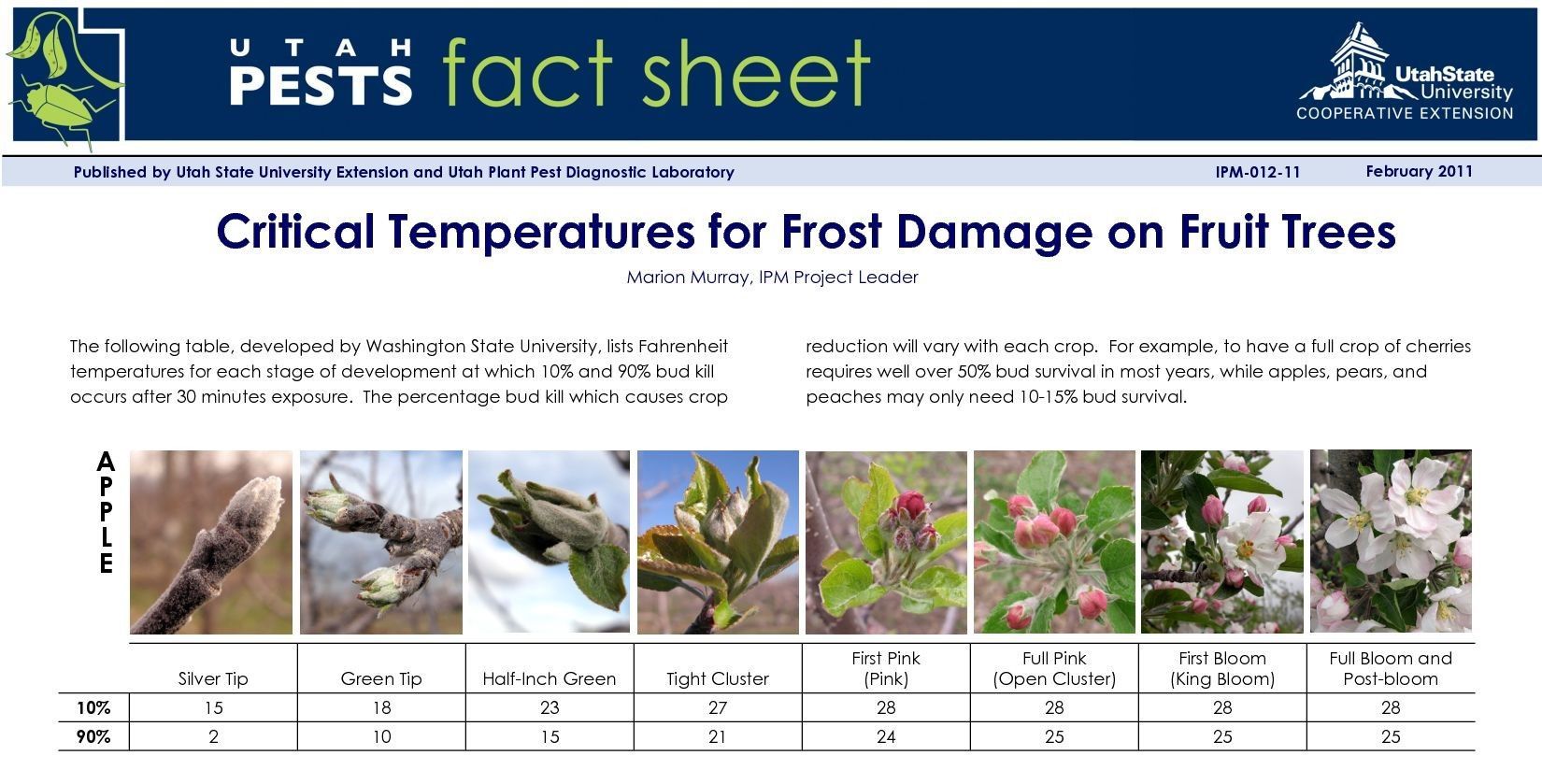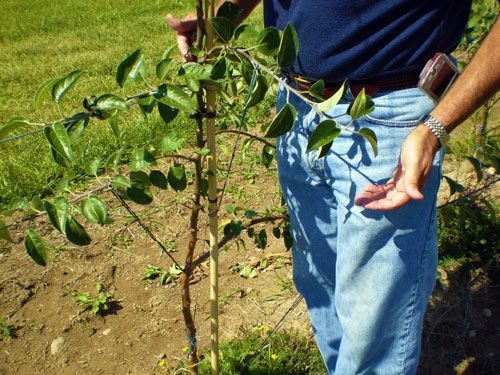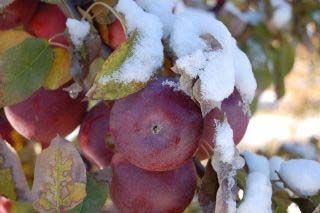Fruit Tree Planting Instructions
Fruit Tree Planting Instructions
Seasonal Information: Apple trees are quite tolerant, withstanding most conditions, including wind and cold. It is recommended that bare root apple trees be planted in early spring or late fall. Container trees can be planted in the spring through fall.
Location: Full sunlight and good air circulation are the most important concerns to think about when selecting your planting location. While apple trees can tolerate a wide range of soil types, they will not thrive in areas with poor drainage or high acid levels. Be sure to space your trees according to the size rootstock your tree has.
Pollination: Apple trees benefit greatly from cross-pollination, as they are not self-fertile trees. If you do not have a flowering crab apple tree within 50 feet of your apple tree location, you will need to plant at least one other variety that blooms at the same time as your apple tree nearby to get proper pollination.
Planting Instructions: Potted Tree: Begin by digging your planting hole about 6” wider than the container of your tree. If the tree is in a root pouch, cut the container up from the bottom towards the top about 10” and spaced about every 6” apart. If the roots have filled the container or are winding around, use your fingers to gently pull the roots apart a bit through the slices, or poke into the root ball with a pointed instrument and wiggle about a bit to loosen the roots and compacted soil. Be sure to leave the soil intact around the roots. Then fill in the hole with the loose topsoil being sure to keep the soil level the same as the planting mix in the pouch.
Bare Root Tree: Set bare root trees on top of a small mound of soil in the middle of the hole. Spread the roots out evenly. The roots should be directed out and downward when you plant. The very top of the roots (crown of the plant) should be at or just below the soil surface when you are done planting. Keep the graft union 2”- 4” above the soil line. Fill the hole in with soil and pack firmly. Be sure to water the tree, as this will permit the roots to make good contact with the soil right away. Add a tree stake to maintain the proper growing angle the tree.
Watering: Before planting a bare root tree, set it in a bucket of water for 24 hours. This will give the roots. This will give the roots the equivalent of 30 days of watering. Your apple tree will need to be watered regularly to make certain that the root system becomes well established. The soil surrounding your tree should be moist, but never saturated. Light green leaves can be a sign of over watering, while drooping leaves can be a sign of both over or under watering.
Fertilization: Add one cup of a good 10-10-10 or 13-13-13 fertilizer mixed thoroughly with the soil while planting your tree. Liquid fertilizer is preferable. Your apple tree will benefit from being fertilized with a foliar spray once the leaves have reached 1/2" to 3/4" green with a Fish and Seaweed Fertilizer 2 – 3 – 1. We recommend Neptune’s Harvest available direct or at Amazon or Walmart.
Weed Control: Any weeds that are present around the area of your tree should be removed immediately. You can insulate the tree with 3-4 inches of mulch, being sure to keep mulch away from the trunk by 6” all around.
Pests & Disease: The best defense is a healthy tree. Good soil, proper feeding and adequate water are vital to its prosperity. Consult Royal Oak Farm Orchard’s Apple Tree Guide, Home Orchard Blog or web site for proper pest and disease control for your tree.
Pruning: Your apple tree will need very little pruning during its first year. In year two you can consult Royal Oak Farm Orchard’s Apple Tree Guide or web site for proper pruning techniques. Mature apple trees will require annual pruning.
Backyard Orchard Management @ Royal Oak Farm Orchard
Backyard Orchard Management @ Royal Oak Farm Orchard is a blog for the home fruit tree grower providing information about fruit tree management, fruit tree pruning & training and Integrated Pest Management from the IPM Specialist and Certified Nurseryman at Royal Oak Farm Orchard, a 22,000 tree apple orchard and agri-tourism operation located in Harvard, Illinois.
Click or tap any title to read that post.

